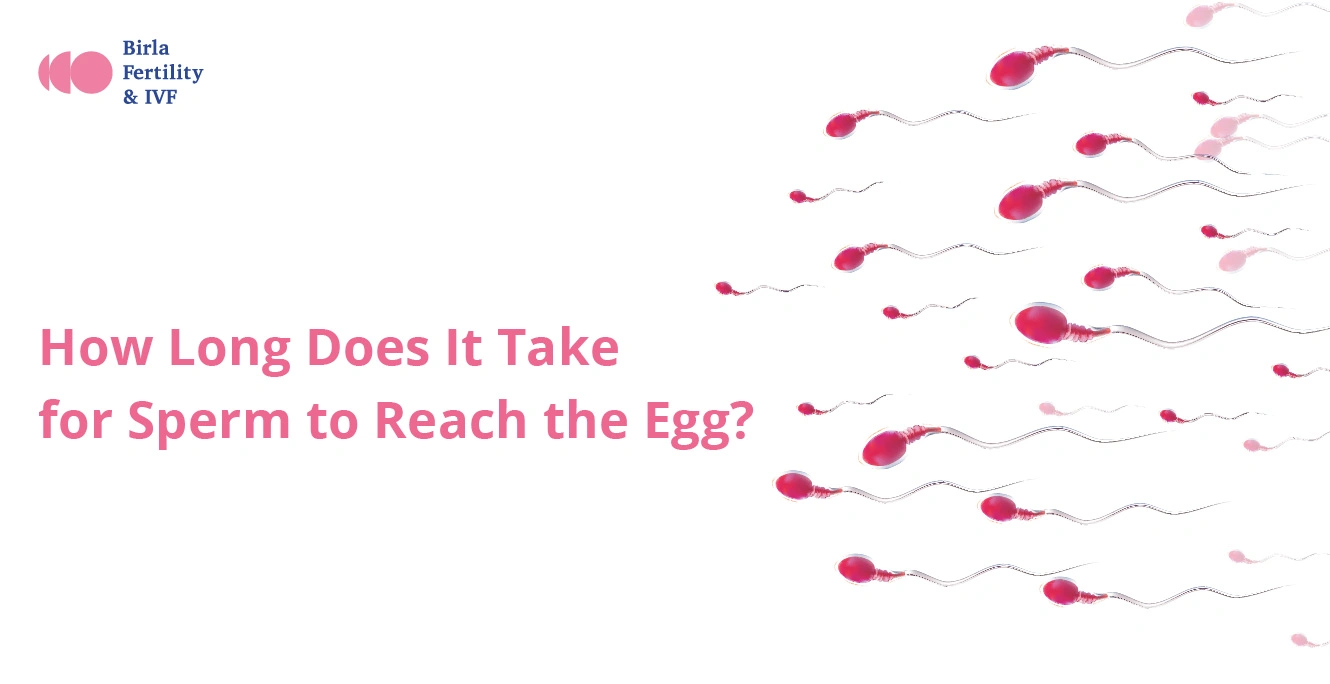
Explain about Fertility Rate

Table of Contents
Do you want to know how to determine whether a country’s population is growing or declining? The fertility rate can help you with that.
The fertility rate determines the average number of children born to women of reproductive age in a nation in a year. In an economic sense, the fertility rate is that number which represents the ratio of live births per 1,000 (15-45 years old) females over a given period, usually one year.
The total fertility rate is the total number of live births a woman will give throughout her childbearing age.
What is the live birth rate?
A live birth rate is a number that determines how many live births there are per 1,000 people in a particular nation each year.
Though live birth and fertility rate are interrelated, a difference does exist between them. Live birth rate is concerned with the entire population, while fertility rate is only concerned with 15-45 years old females.
How are these rates calculated?
The fertility rate is calculated with the help of the formula given below:

The live birth rate is calculated with the help of the formula given below:

To calculate the total fertility rate (TFR) – two assumptions are made:
- Throughout a woman’s reproductive years, her fertility generally follows basic age-specific fertility trends.
- Every woman will be alive throughout the years of childbearing.

Generally, TFR should be at least 2.1 to have a stable population level in a country.
Factors affecting birth rate
The five major factors which affect the birth rate are:
Healthcare Factors
When the infant mortality rate is high, it, in turn, leads to a high birth rate. But, due to better health care provision, the infant mortality rate has decreased, and so has the birth rate. Moreover, increased access to family planning services and affordable contraceptives has also affected the birth and fertility rates.
In some cases, when a woman suffers from health-related issues which can be fatal to the baby and hence doesn’t want to have a pregnancy, this can also affect the birth rate.
Cultural Factors
With modernisation, women’s views about their traditional role in family and society have changed. Their attitude toward marriage and family planning is different.
Both men and women nowadays prefer to focus on work more and tend to marry at an older age. This affects the birth and fertility rate.
Economic Factors
Today, marriages are a costly affair, and so is childrearing. Both men and women are so busy with work that they don’t have much time for childrearing.
Besides this, instability in the job market, inflation, high housing prices, and financial uncertainties also push them to decide against having children and thus affect the fertility rate and birth rate.
Social Factors
When urbanisation is scarcely present, people tend to have more children so that they can help in farming and other agriculture and non-agriculture-related activities.
However, with an increase in urbanisation, the focus tends to shift, and people prefer to migrate to developed countries and don’t have time to have children or start a family. Women also prefer to pursue higher studies and postpone marriages.
All these social factors affect birth and fertility rate.
Political/Legal Factors
The government’s actions, such as the ones written below, play a role in affecting the birth rate:
- Increase in the minimum legal age at which people can marry
- Removal of restrictions on several women’s rights like divorce laws
- Banning the practice of polygamy
- Introduction of some attempts to curtail the tendency of people to have male children
Conclusion
The fertility rate tends to reveal information about the population structure of a country and whether it is increasing or declining.
Having a healthy fertility rate is important for the development of a country.
So, if you suffer from a fertility-related issue or want to know more about the fertility rate – book an appointment with Dr Shilpa Singhal or visit Birla Fertility and IVF. It is a top-quality fertility clinic equipped with top-notch fertility specialists and state-of-the-art technologies – focused on delivering compassionate healthcare.
Our Fertility Specialists
Related Blogs
To know more
Birla Fertility & IVF aims at transforming the future of fertility globally, through outstanding clinical outcomes, research, innovation and compassionate care.
Had an IVF Failure?
Talk to our fertility experts

 Our Centers
Our Centers















